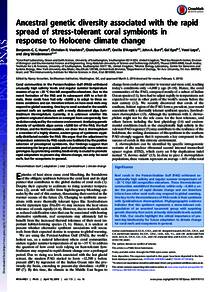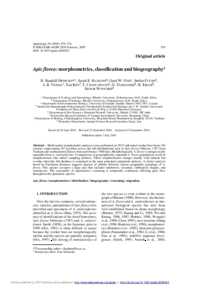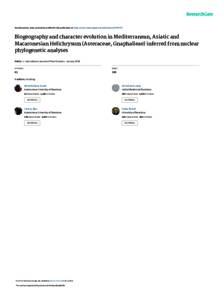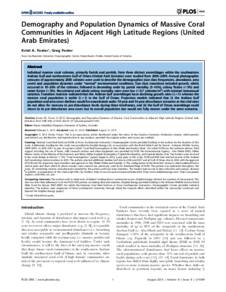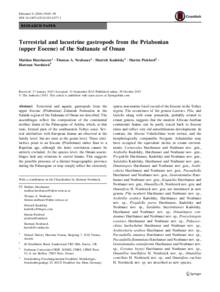وثيقة
Fine-scale biogeographical boundary delineation and sub-population resolution in the symbiodinium thermophilum coral symbiont group from the Persian/Arabian Gulf and Gulf of Oman.
المعرف
DOI: 10.3389/fmars.2018.00138
المصدر
Frontiers in Marine Science. v. 5, APR, 138
المساهمون
الدولة
Switzerland
مكان النشر
Lausanne
الناشر
Frontiers Media S. A
ميلادي
2018-04-24
اللغة
الأنجليزية
الموضوع
الملخص الإنجليزي
The adaptation of tropical coral communities to the world's hottest sea, the Persian/Arabian Gulf (PAG), has recently been associated with ecological selection acting on a group of coral-associated algal symbionts, the Symbiodinium thermophilum group. Previous studies have shown that considerable genetic diversity exists within the group and that group members found within the PAG are significantly differentiated from those found externally, in the Gulf of Oman and wider waters. However, little is known about this genetic diversity. As an initial step towards understanding whether this diversity could represent niche adapted, selectable populations within the S. thermophilum group that may act as natural sources of stress tolerant associations to Indo-Pacific reefs, we investigate whether the diversity is structured between populations and where the location of the internal-external genetic partition lies. We use regions of the nuclear ribosomal DNA (ITS1-5.8S-ITS2) and chloroplastic psbA gene (non-coding region) from > 100 S. thermophilum group-harbouring Porites spp. (P. lobata, P. lutea, and P. harrisoni) sampled across steep temperature and salinity gradients to conduct analyses of variance and create maximum parsimony networks to assess genetic structure and (dis)similarity within and between populations of S. thermophilum found within the PAG and externally in the Gulf of Oman. Our analyses resolve a sharp genetic boundary between Symbiodinium populations in the western Strait of Hormuz and identify significant genetic structure between populations with as little as 20 km between them demonstrating that differentiation between populations is likely due to factors other than limited connectivity. Further, we hypothesize that genotypes identified outside of the PAG in the Gulf of Oman existing in near-oceanic salinities, yet thermally challenging waters, putatively represent candidates for stress-tolerant symbionts that could act as natural seed populations of stress tolerant genotypes to the wider indo-Pacific.
ISSN
2296-7745
قالب العنصر
مقالات الدوريات

